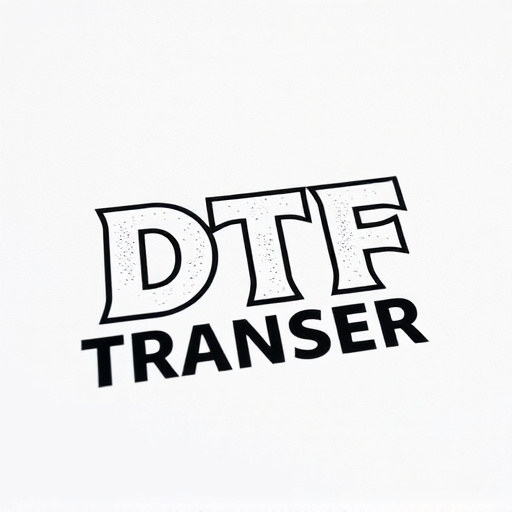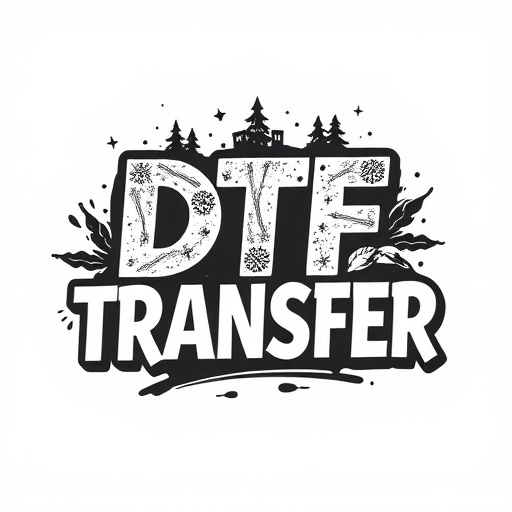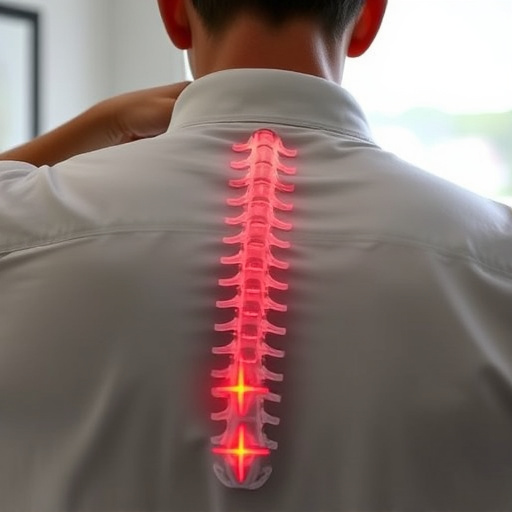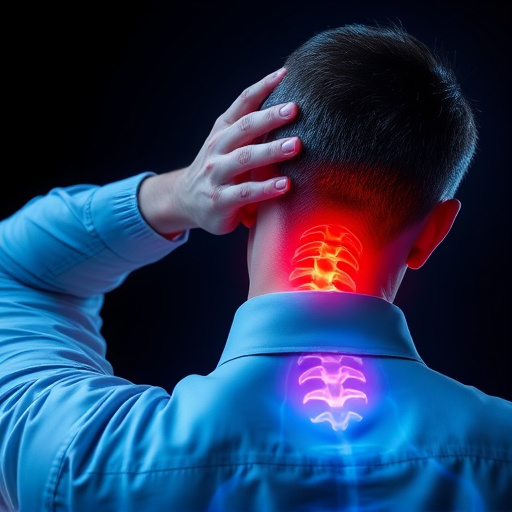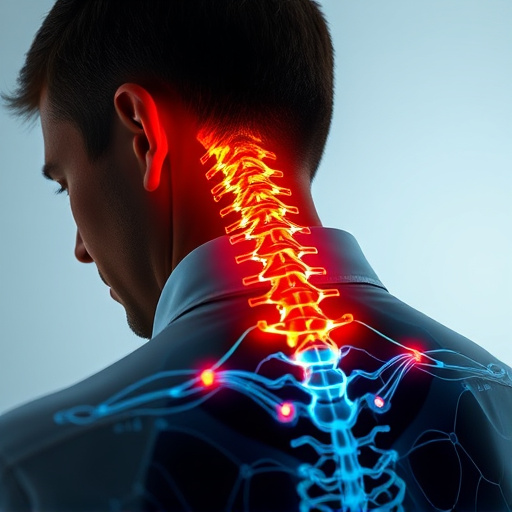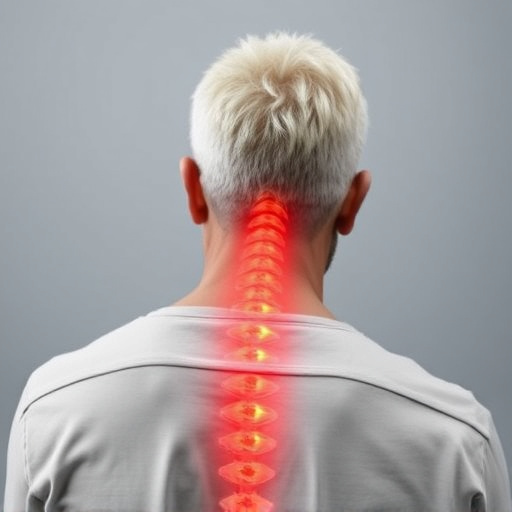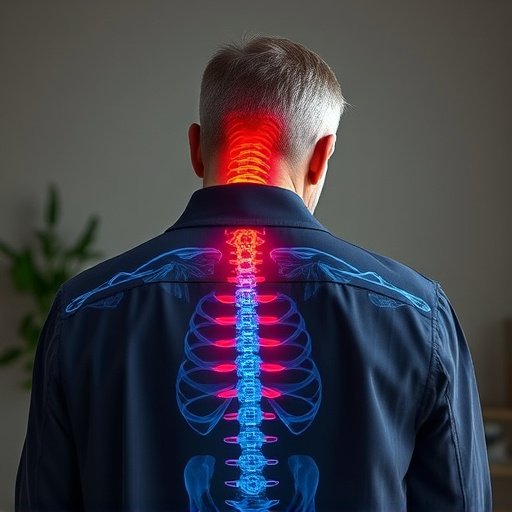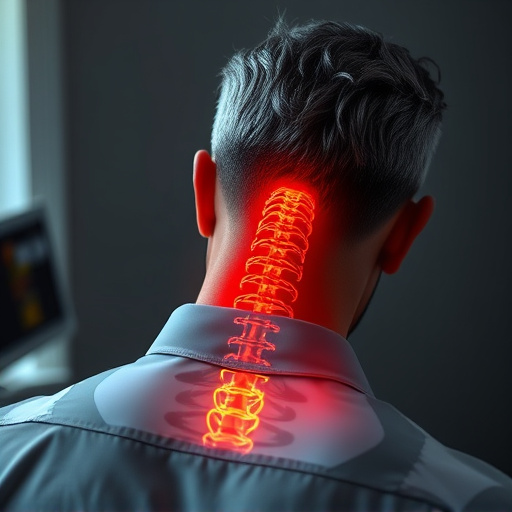Nerve compression in the neck or back, caused by poor posture, muscle imbalances, or trauma, leads to discomfort and pain. Early intervention is key for effective neck and back pain relief, preventing further damage and promoting faster healing. Non-invasive treatments like physical therapy, chiropractic adjustments, and massage offer safe and holistic solutions. Physical therapy combines manual techniques, exercises, and education for targeted pain management. Adopting a holistic lifestyle with regular exercise, good posture, stress management, and balanced nutrition provides long-term neck and back pain relief. For severe cases, medical interventions like corticosteroid injections or surgery may be needed. Preventing recurrence through ergonomic adjustments and lifestyle changes ensures sustained neck and back pain relief.
“Experience lasting neck and back pain relief with our comprehensive guide. Uncover the secrets behind compressed nerves and their role in causing discomfort, exploring common triggers and effective treatment options. From non-invasive therapies like physical manipulation and exercise to lifestyle adjustments and advanced medical interventions, we provide a roadmap to alleviating symptoms. Learn how to prevent recurrence and reclaim your active life, offering valuable insights for managing neck and back pain relief holistically.”
- Understanding Compressed Nerves and Common Causes of Discomfort
- Non-Invasive Treatments for Neck and Back Pain Relief
- The Role of Physical Therapy in Alleviating Nerve Compression Symptoms
- Lifestyle Changes for Long-Term Pain Management
- When to Consider Medical Interventions for Severe Cases
- Preventative Measures to Avoid Recurrence
Understanding Compressed Nerves and Common Causes of Discomfort
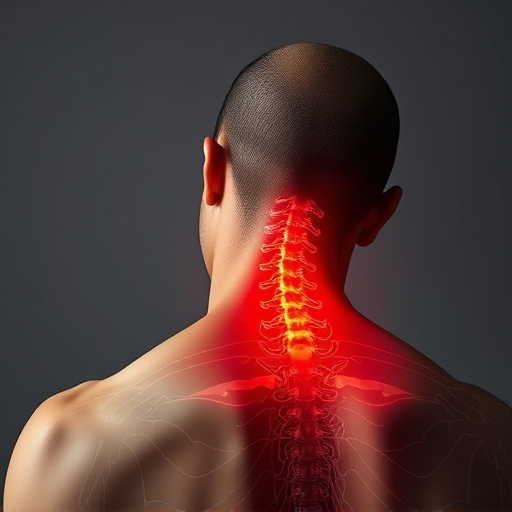
Nerve compression, often leading to discomfort and pain in the neck or back, occurs when a nerve is squeezed or restricted at any point along its course. This can happen due to various reasons, such as poor posture, muscle imbalances, spinal misalignments, or external traumas like accidents or repetitive motions. For instance, herniated discs in the spine can put pressure on nearby nerves, causing pain that radiates to other parts of the body.
Common symptoms include tingling sensations, numbness, and sharp or dull aches. In many cases, compressed nerves in the neck may result in headaches or arm pain, while back issues can lead to leg pain or weakness. Prompt attention is crucial for effective neck and back pain relief. Early intervention can prevent further nerve damage and promote faster healing.
Non-Invasive Treatments for Neck and Back Pain Relief
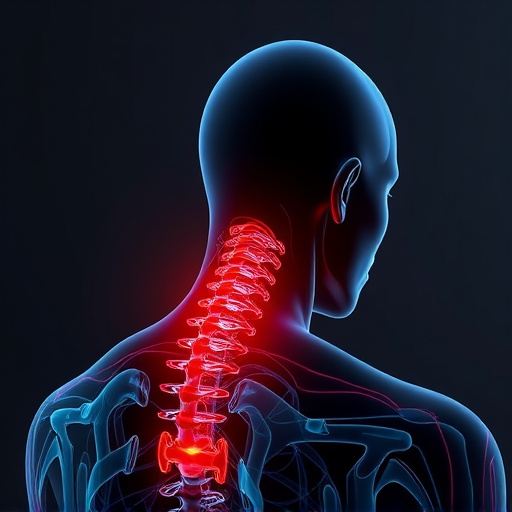
Non-invasive treatments offer a gentle and effective approach to managing neck and back pain relief. Techniques such as physical therapy, chiropractic adjustments, and massage are popular choices for individuals seeking alternative solutions without undergoing surgery or using strong medications. Physical therapy focuses on strengthening muscles and improving flexibility through targeted exercises, while chiropractic care manipulates the spine to reduce pressure on nerves, providing significant neck and back pain relief.
Massage therapy is another powerful tool, promoting relaxation and blood flow to tense areas, offering both short-term and long-lasting neck and back pain relief benefits. These non-invasive methods are often preferred due to their minimal side effects, ability to address the root cause of discomfort, and potential for preventive care, ensuring individuals can regain mobility and live active lives without persistent pain.
The Role of Physical Therapy in Alleviating Nerve Compression Symptoms
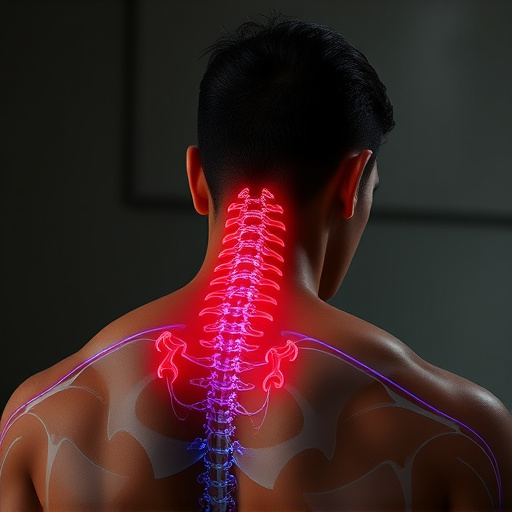
Physical therapy plays a pivotal role in providing effective neck and back pain relief for individuals suffering from nerve compression symptoms. Through tailored exercises, manual techniques, and patient education, physical therapists target specific areas of discomfort to improve mobility and reduce pain. Customized treatment plans often include stretching and strengthening exercises designed to alleviate pressure on compressed nerves, promoting better alignment and posture.
Therapists may also employ advanced modalities such as ultrasound, heat/cold therapy, and electrical stimulation to further ease pain and inflammation. By combining these interventions with hands-on care, physical therapy offers a holistic approach to managing nerve compression, helping patients regain function and find lasting relief from debilitating neck and back pain.
Lifestyle Changes for Long-Term Pain Management
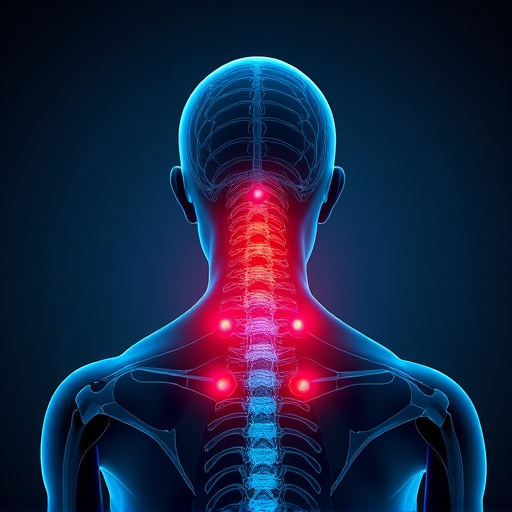
For long-term relief from neck and back pain, incorporating lifestyle changes is essential alongside any medical treatment. Beyond immediate symptom relief, adopting a holistic approach focuses on preventing future discomfort. This involves regular physical activity tailored to your needs, prioritizing good posture during daily activities, and managing stress through techniques like yoga or meditation. Additionally, maintaining a healthy weight through balanced nutrition reduces strain on your muscles and joints, offering lasting neck and back pain relief.
When to Consider Medical Interventions for Severe Cases

If conservative treatments like rest, physical therapy, and over-the-counter pain relievers don’t provide adequate neck and back pain relief for severe or persistent symptoms, it may be time to consider medical interventions. Compression of a nerve can lead to sharp, shooting pains, numbness, or weakness in the affected area, impacting mobility and daily activities. In such cases, consulting a healthcare professional is crucial to prevent further damage and promote healing.
Medical interventions offer more targeted approaches, including corticosteroid injections to reduce inflammation and pain around the compressed nerve. In some instances, surgery may be recommended to decompress the nerve, especially if conservative measures fail or symptoms worsen. Early intervention can help manage pain effectively, preserve nerve function, and speed up recovery for individuals experiencing severe neck and back pain.
Preventative Measures to Avoid Recurrence
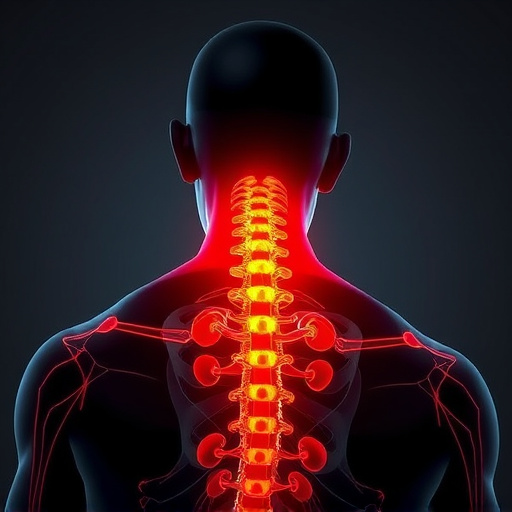
Preventing recurrence is key in managing neck and back pain relief effectively. Beyond immediate treatment, adopting certain habits can significantly reduce the risk of future discomfort. One crucial measure is maintaining good posture during daily activities; this includes proper sitting, standing, and lifting techniques to alleviate strain on the spine. Regular exercise, focusing on core strengthening and flexibility training, is another powerful tool. It not only improves overall muscle tone but also enhances joint stability.
Additionally, managing stress levels is essential as chronic stress can lead to tense muscles and increased pain sensitivity. Adequate sleep and relaxation techniques, such as meditation or deep breathing exercises, can help combat this. Incorporating ergonomic adjustments in the workplace or home environment can further prevent pain triggers. These might include setting up a supportive workstation, choosing comfortable seating, or using props like pillows or lumbar supports to maintain optimal spinal alignment.



